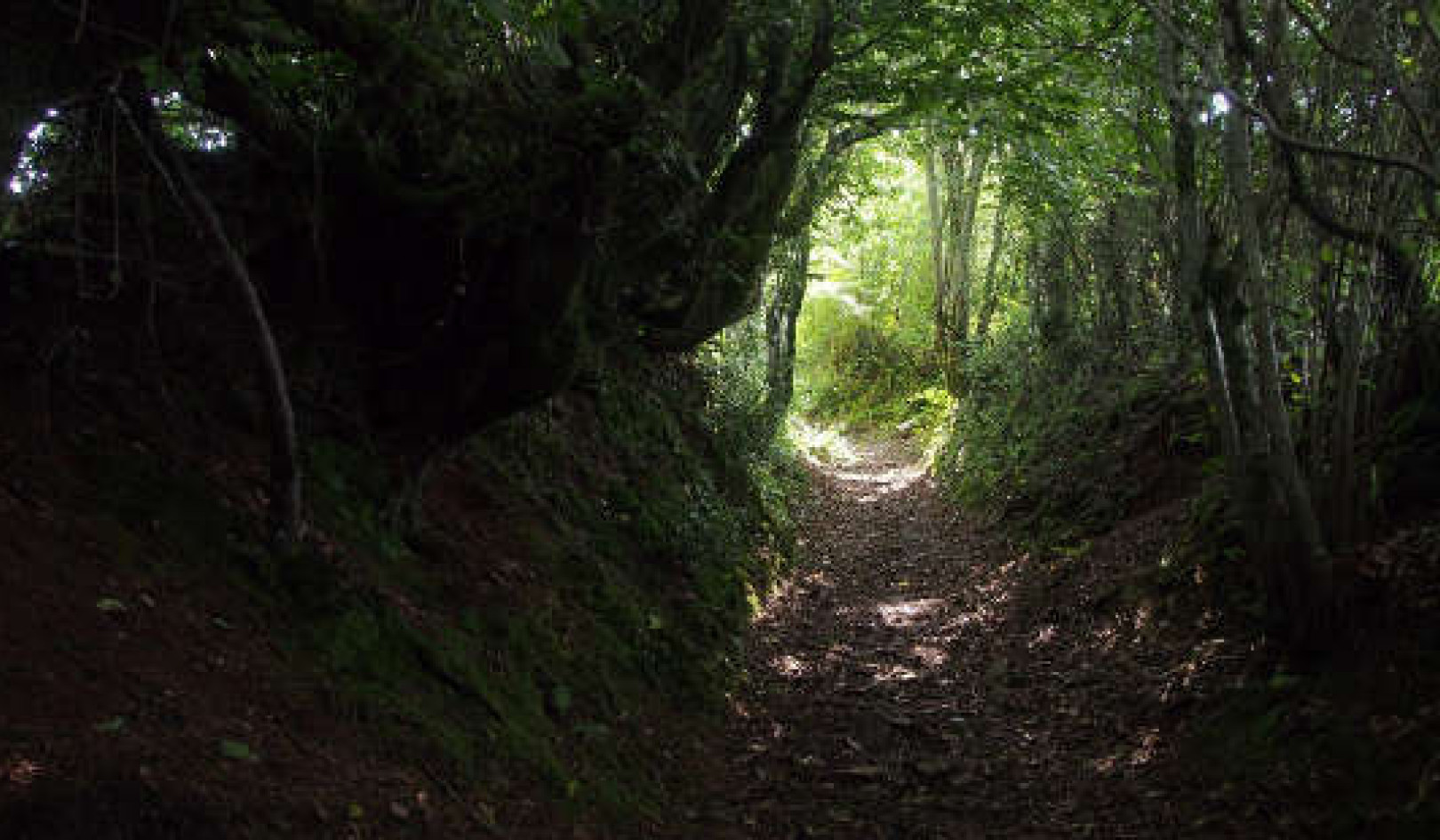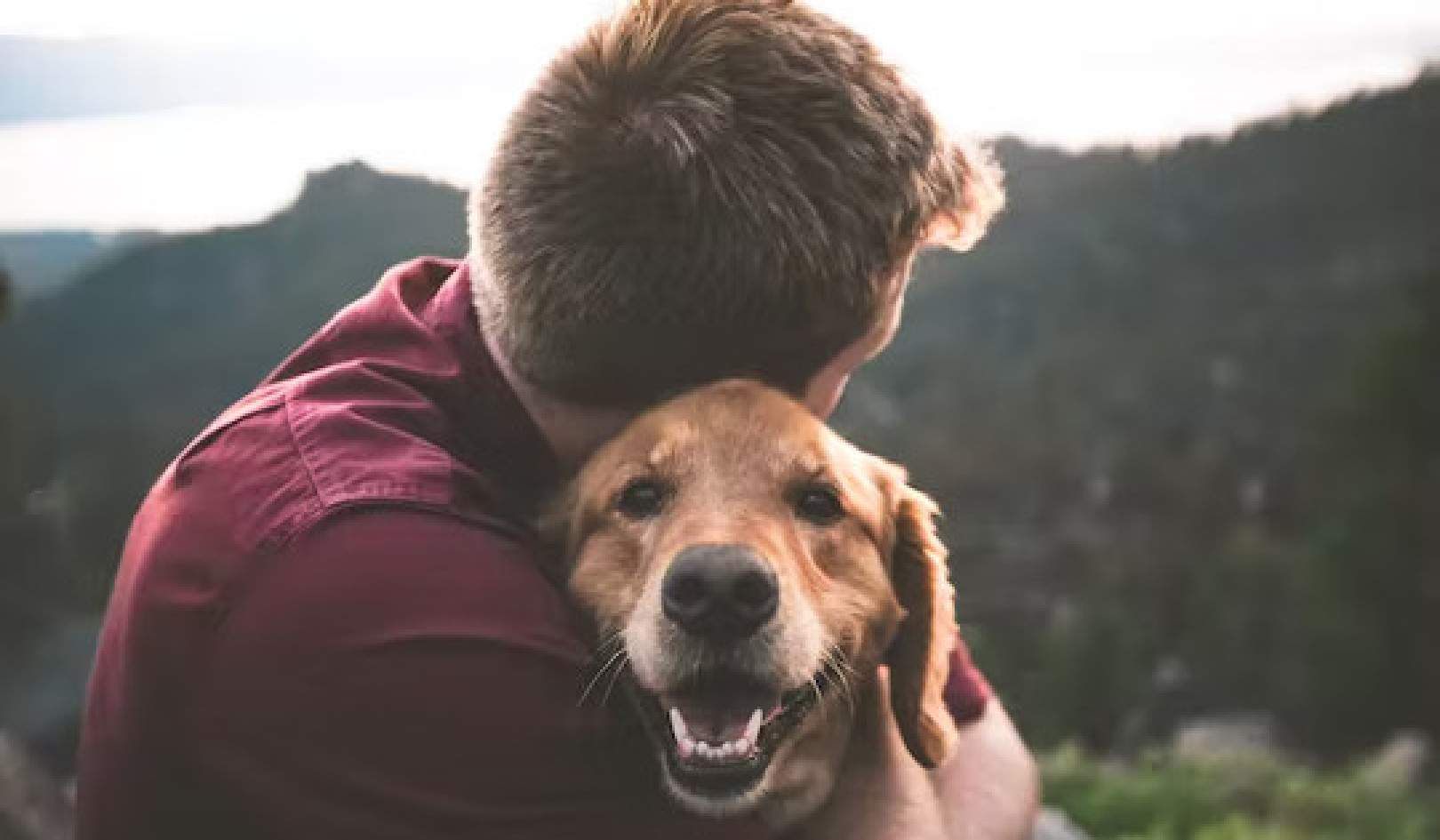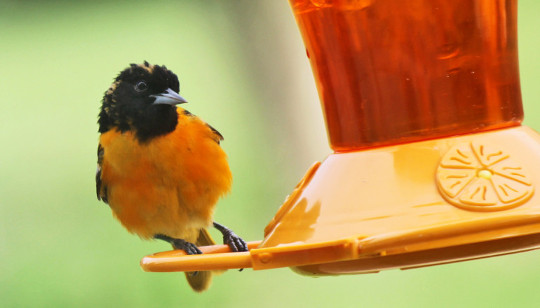 "By stocking bird feeders and providing bird houses we can help build large populations of adapters and exploiters, which is a key feature in their ability to continually adapt and evolve in response to the challenges we present to them," says John Marzluff. (Credit: Corey Seeman/Flickr)
"By stocking bird feeders and providing bird houses we can help build large populations of adapters and exploiters, which is a key feature in their ability to continually adapt and evolve in response to the challenges we present to them," says John Marzluff. (Credit: Corey Seeman/Flickr)
Surprisingly, the diversity of birds in suburban areas can be greater than in forested areas, according to the new book Welcome to Subirdia: Sharing Our Neighborhoods with Wrens, Robins, Woodpeckers, and Other Wildlife (Yale University Press, 2014).
Author John Marzluff, professor of environmental and forest sciences at the University of Washington, responded to a few questions from university writer Sandra Hines.
Please Explain The Suburban Birds You Describe As Adapters and Exploiters
Adapters are birds that take advantage of the new foods and nesting opportunities that exist in suburban settings. They include familiar birds like chickadees, goldfinches, Canada geese, and red-tailed hawks. The abundance of adapters increases with development because they utilize edges that exist between the many distinct built and natural landscapes in our neighborhoods.
Exploiters are even more in tune with humanity than are the adapters. They often have “house” or “barn” in their name, such as barn swallow, barn owl, and house finch. My favorite, the American crow, and the denizen of Costco parking lots, the Brewer’s blackbird, are exploiters.
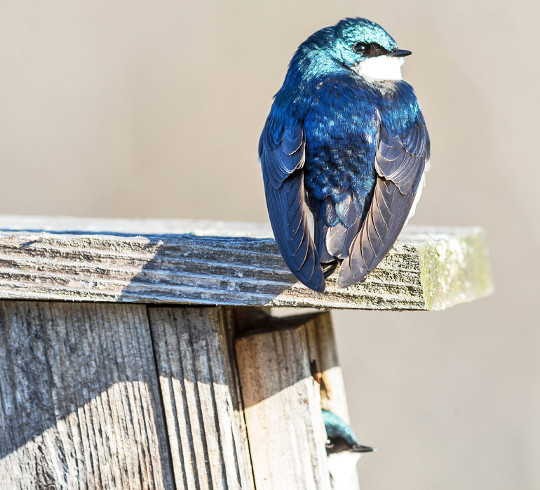 Tree swallows. (Credit: John Benson/Flickr)
Tree swallows. (Credit: John Benson/Flickr)
Exploiters may attain dense populations, but some are declining as the last scruffy parts of today’s cities are tidied up and the cracks and crevices in older homes are sealed. The house sparrow and jackdaw of Europe are two exploiters on the decline.
In many cases, adapters and exploiters can show us how natural selection fashions the birds that live among us. Blackcap warblers in Europe, for instance, are in the throes of speciation as some in the population are evolving new migratory routes and morphologies that enable them to exploit bird feeders in England.
Evolution of birds in our backyards tells me that humans, while often destructive, also have a creative hand in shaping biological diversity.
What About The Avoiders?
In contrast, avoiders decline in the face of human action. To these species, our activities are as deadly as the meteors of the past. Avoiders require extensive natural habitat situated far from cities. A familiar local avoider is the northern spotted owl, but even the small Pacific wren is an avoider.
Many birds that annually migrate from the neotropics to breed in and around Seattle, such as western tanagers, black-throated grey warbler, and Wilson’s warblers, are avoiders.
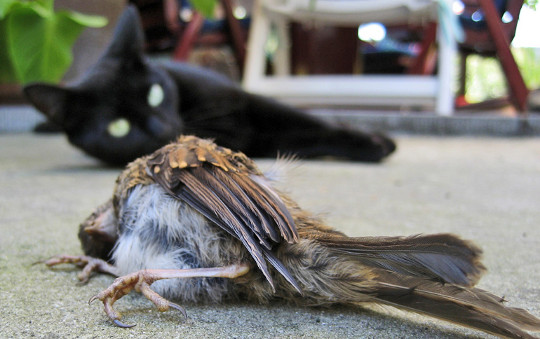 Outdoor cats kill up to 3.7 billion birds per year in the US alone. (Credit: Count Rushmore/Flickr)
Outdoor cats kill up to 3.7 billion birds per year in the US alone. (Credit: Count Rushmore/Flickr)
In the Northwest, there are many fewer avoiders than adapters, so bird diversity is highest in suburban settings and declines as we move either closer to the city or farther from it. This pattern is common across the northern Europe, Asia, and Australia.
However, avoiders dominate tropical forest communities, so in those hyper-diverse settings development is likely to steadily decrease diversity.
Understanding that local diversity is a careful balance of animals that seek and avoid people teaches us that urbanization is not the answer to our conservation prayers. Rather, learning to appreciate the animals that co-exist where we live, work, and play can motivate us to make the sacrifices—setting aside distant lands—that avoiders require.
What Are The Things Animals Would Ask For If They Could Get Our Attention?
All animals would appreciate it if we lessened our fascination for large, manicured, turf lawns. Reducing lawn size and replacing lawns with native (or even nonnative) shrubs would increase the ability of suburbs to support ground-nesting birds, small mammals, salamanders, and garter snakes.
Our birds would ask that we do two simple things: keep our cats inside—outdoor cats kill up to 3.7 billion birds per year in the US alone—and make our large-paned glass windows more visible. This can be accomplished by adding UV-reflective stickers to windows.
By stocking bird feeders and providing bird houses we can help build large populations of adapters and exploiters, which is a key feature in their ability to continually adapt and evolve in response to the challenges we present to them.
Finally, we live and work in such a wonderful and natural place that I hope we can all take a bit of time each day to celebrate the nature around us. Share that passion for life with colleagues, students, and family members so that they, too, develop an ethic that, as Aldo Leopold wrote 60 years ago, values our land as a community, not simply a commodity.
Source: University of Washington
Book referred to in this article:
at

Thanks for visiting InnerSelf.com, where there are 20,000+ life-altering articles promoting "New Attitudes and New Possibilities." All articles are translated into 30+ languages. Subscribe to InnerSelf Magazine, published weekly, and Marie T Russell's Daily Inspiration. InnerSelf Magazine has been published since 1985.

Thanks for visiting InnerSelf.com, where there are 20,000+ life-altering articles promoting "New Attitudes and New Possibilities." All articles are translated into 30+ languages. Subscribe to InnerSelf Magazine, published weekly, and Marie T Russell's Daily Inspiration. InnerSelf Magazine has been published since 1985.


















